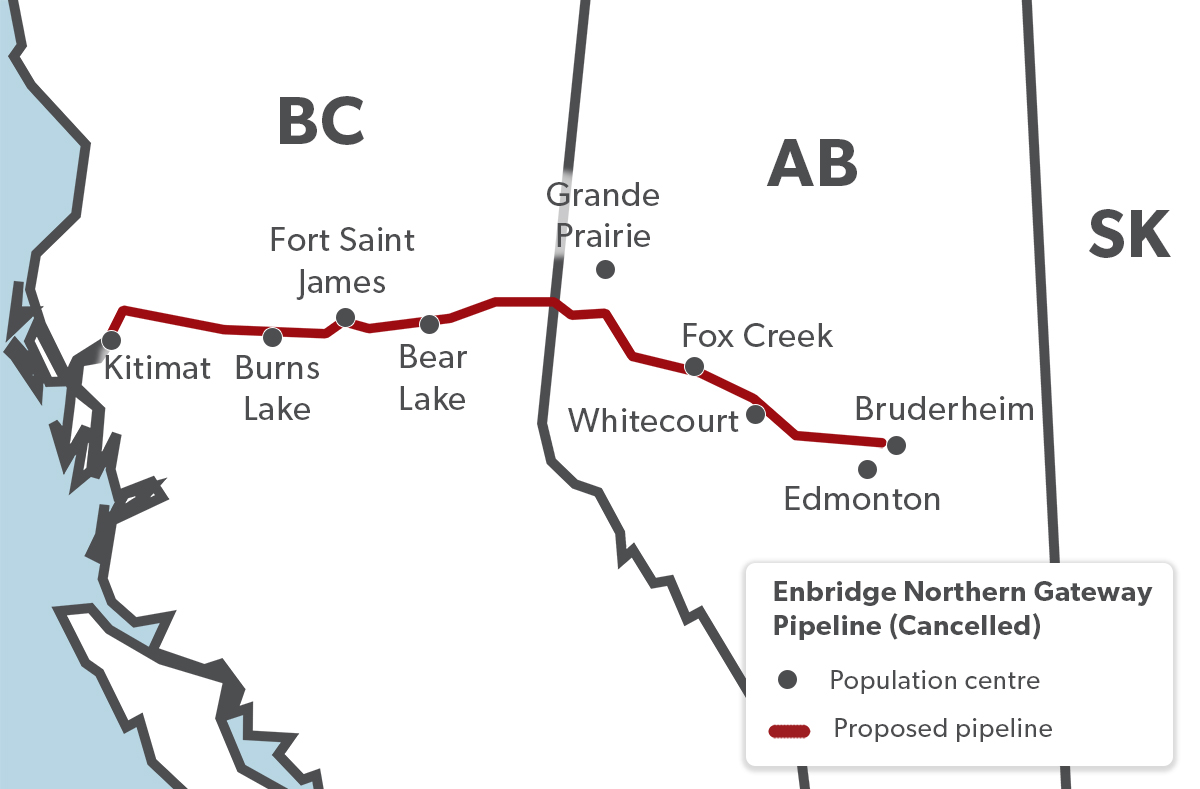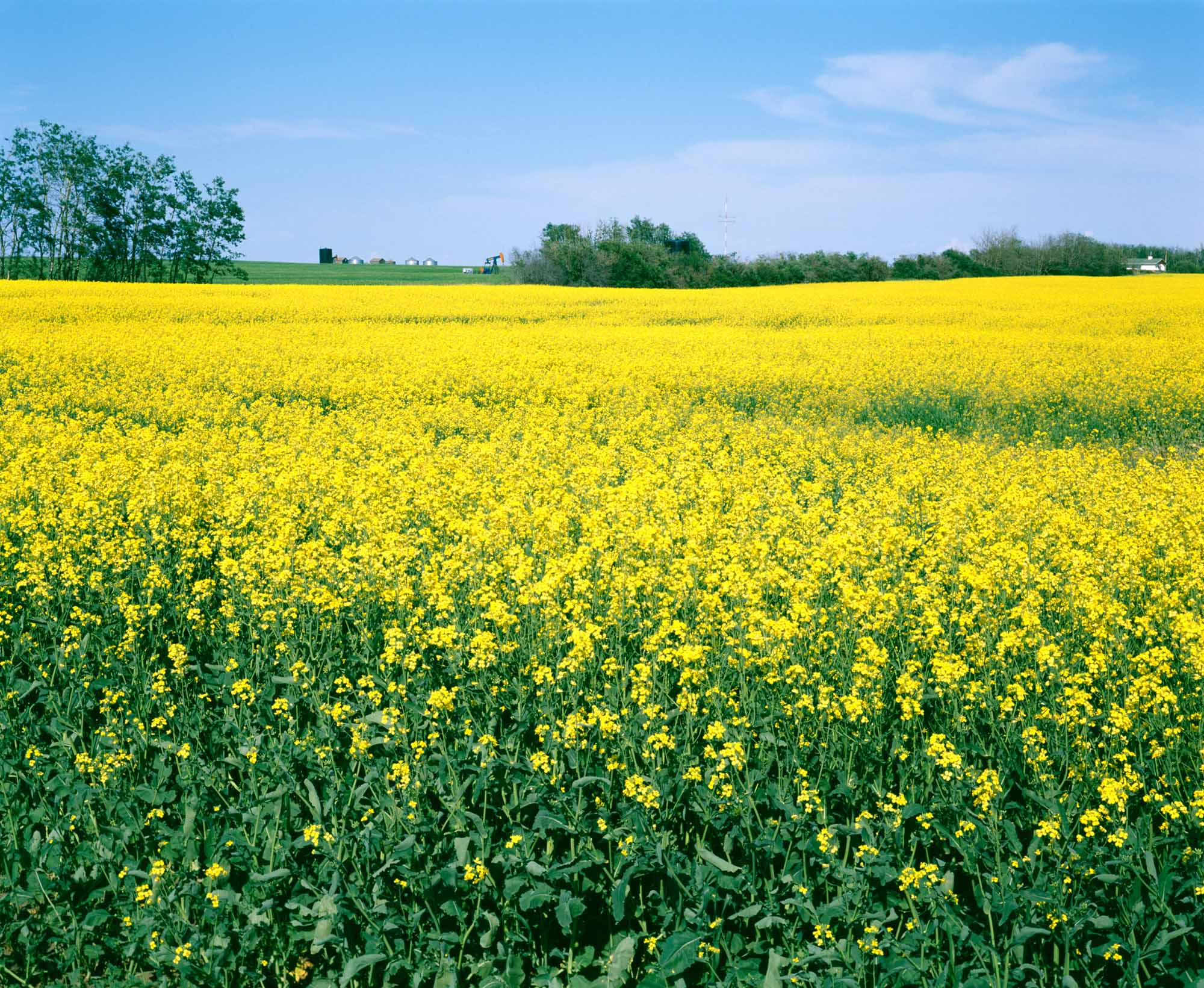Article
North American Racer
The North American racer (Coluber constrictor) is a non-venomous snake that is native to North America. It has an extensive geographic range that extends from southern Canada south throughout most of the United States, parts of Mexico and into Guatemala and Belize. Eleven subspecies are recognized across this species’ range, three of which are found in Canada: the blue racer (Coluber constrictor foxii; ON), the Eastern yellow-bellied racer (Coluber constrictor flaviventris; SK, AB) and the Western yellow-bellied racer (Coluber constrictor Mormon; BC). (See also Snake Species in Canada.)













